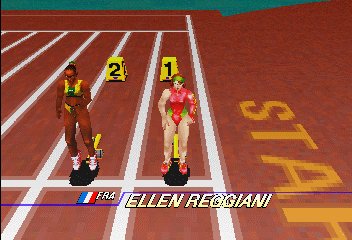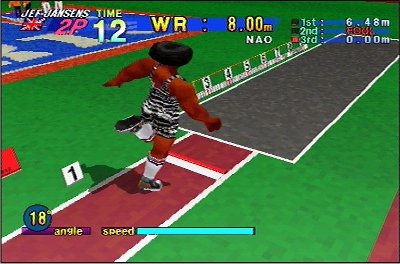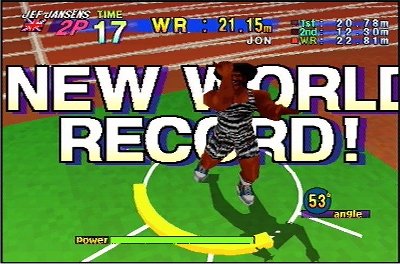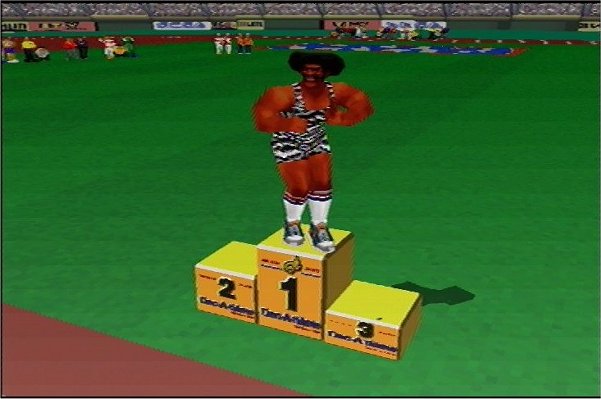Nintendo 64
If ever there was a game series that was going to last forever, or at the very least die trying, the Mario games are precisely that.
Mario’s appearance over the years has barely changed. Alright, he’s joined the realms of 3D since his first appearances in Donkey Kong, but he is still the recognisable game sprite even today.
But his first foray into 3D was on Nintendo’s 64 bit console, and the game was received very warmly. So warmly, in fact, it is still considered as one of the best games of all time by many gamers, and regularly tops the “reader’s charts” that appear periodically, even above Super Mario Kart, Super Mario Bros. 3 and Ocarina Of Time, although sometimes Ocarina Of Time does jump above it.
Strange, they’re all Nintendo games. Well, it’s no secret that Nintendo consoles have been blessed by more than their fair share of classics. With the advent of Super Mario Galaxy, then, are we going to see another regular chart topper?
Quite simply, you need to play this game. It’s one of those that grabs you by the scruff of the neck, drags you in kicking and screaming, and refuses to let go until you reach a particularly tricky level, and then lets you make a choice; do you give up, you sad, pathetic wuss? Or, do you keep having a crack until you finally complete the game?
Well, in my case, I waited about 5 years before returning to it and finishing it off, but even then there’s plenty left to do.
Let me explain a little better. The object of the game is to find the Power Stars hidden around the castle. Most of these are in the individual levels, and obtaining them requires completion of a specific task, such as beating Koopa the Quick in a race to the top of the mountain, or beating the penguin in a downhill sliding race, or even just reaching a certain location. As you obtain more and more stars, doors in the castle unlock, opening ways to new levels. Each level has at least 8 stars to collect (There’s bonus stars available, such as collecting 100 coins or all 8 of the red coins on each level), and there’s also some hidden stars around the castle too.
Once you’ve collected enough stars, you’ll get the chance to take on Bowser in the final battle, and release Princess Peach from her imprisonment. But even then, there’s more to see as you will need EVERY star in the game to open the cannon to shoot you to the castle roof. I never did manage this, but I’m not one of these people who needs to see EVERYTHING a game has to offer, so I’m not right fussed. Actually, always having that little bit extra to achieve adds to the game’s longevity, so as far as I’m concerned it’s all good.
The important thing here is that Mario didn’t lose any of his charm as a character and indeed as a playable game through the transition to 3D, and thankfully Nintendo got it spot on. Amazingly the game feels as natural as the best 2D platformers, the analogue stick was simple and intuitive to control and the finer points of Mario’s acrobatics are explained by reading signs around the castle. And trust me, you’ll need them all as you try to collect all the stars available.




























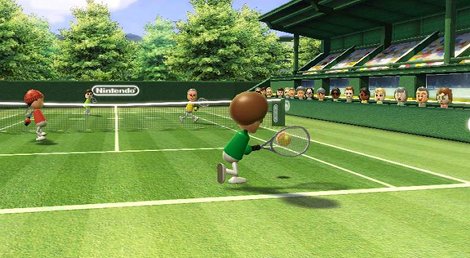 The main reason for this is that it’s so much like Crazy Taxi in that it’s simple, pick-up-and-play fun from beginning to end, no two games are exactly the same, and you don’t feel like a complete idiot playing it.
The main reason for this is that it’s so much like Crazy Taxi in that it’s simple, pick-up-and-play fun from beginning to end, no two games are exactly the same, and you don’t feel like a complete idiot playing it.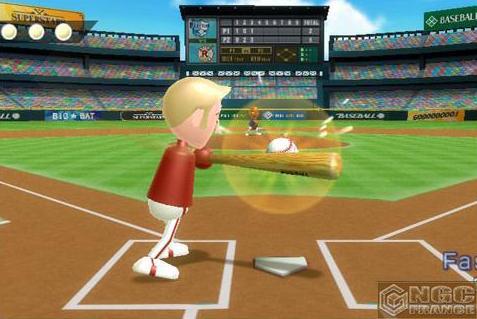 Bowling and Baseball are two of the most addictive sports included, and are both very realistic to play, bowling especially. The temptation on Baseball to hold the remote up and shake it slightly whilst waiting for the pitch is immense, especially as your Mii rather satisfyingly copies your action in doing so. The temptation to use true-to-life gestures is equally immense, but simple “flick” gestures seem to work just as well. Bowling, on the other hand, includes the function of actually letting go of the ball, as well as picking up twisting motions in the swing to calculate spin on the ball. All in all, it’s fun, addictive and realistic.
Bowling and Baseball are two of the most addictive sports included, and are both very realistic to play, bowling especially. The temptation on Baseball to hold the remote up and shake it slightly whilst waiting for the pitch is immense, especially as your Mii rather satisfyingly copies your action in doing so. The temptation to use true-to-life gestures is equally immense, but simple “flick” gestures seem to work just as well. Bowling, on the other hand, includes the function of actually letting go of the ball, as well as picking up twisting motions in the swing to calculate spin on the ball. All in all, it’s fun, addictive and realistic.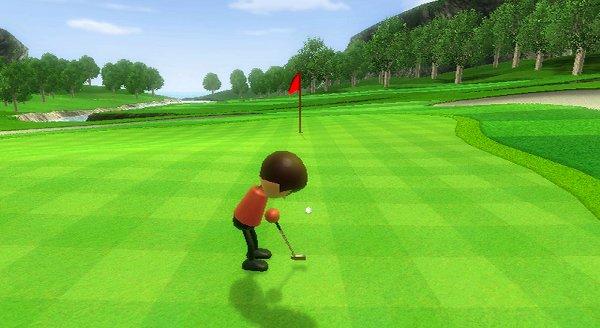 Golf is probably the most frustrating event included. It’s all about balance of power. Hitting the ball too hard will result in it going off course, GUARANTEED. For best results, swing gently but firmly enough to fill that power bar. The chances are, though, you’ll not play this as much as the other events.
Golf is probably the most frustrating event included. It’s all about balance of power. Hitting the ball too hard will result in it going off course, GUARANTEED. For best results, swing gently but firmly enough to fill that power bar. The chances are, though, you’ll not play this as much as the other events.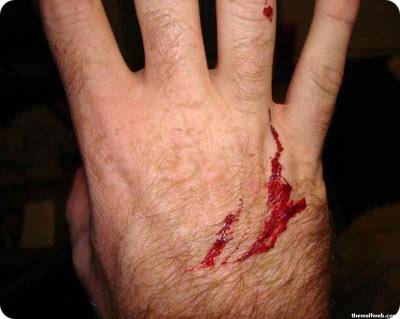 So, as with most games these days, Wii Sports isn’t without its faults, but they’re only minor, and none of them really detract from the sheer playability that you’ll find in abundance here. Just watch out, Nintendo… I can foresee not only court cases over the amount of time put into Wii gaming, but for injuries attributed to Wii Sports… Tennis elbow, anyone?
So, as with most games these days, Wii Sports isn’t without its faults, but they’re only minor, and none of them really detract from the sheer playability that you’ll find in abundance here. Just watch out, Nintendo… I can foresee not only court cases over the amount of time put into Wii gaming, but for injuries attributed to Wii Sports… Tennis elbow, anyone?
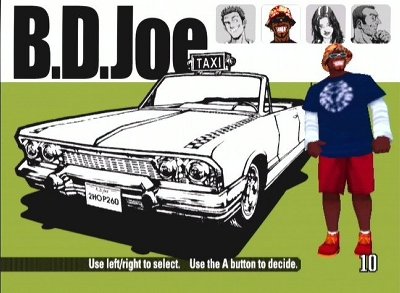 I HATE driving games. I'm terrible at them. It's probably because I hate the idea of driving. But this game takes driving by the horns, and makes it fun. Is it because there's no penalty for crashing? Is it because you have to drive like a maniac to get anywhere? Is it because it's totally Crazy?
I HATE driving games. I'm terrible at them. It's probably because I hate the idea of driving. But this game takes driving by the horns, and makes it fun. Is it because there's no penalty for crashing? Is it because you have to drive like a maniac to get anywhere? Is it because it's totally Crazy? I don't know, this game has a lot to offer. It's a relatively short game, and unlike most modern games, there's not a great big story or long involving process to some fantastic ending sequence, it's a throwback to the quick "pick up and play" days of arcade games, real intense, fast-paced, high skill requirement arcade games, the one that you really struggle to get your money's worth from.
I don't know, this game has a lot to offer. It's a relatively short game, and unlike most modern games, there's not a great big story or long involving process to some fantastic ending sequence, it's a throwback to the quick "pick up and play" days of arcade games, real intense, fast-paced, high skill requirement arcade games, the one that you really struggle to get your money's worth from.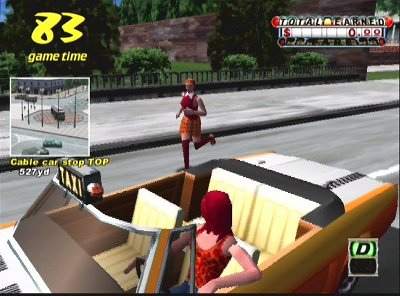
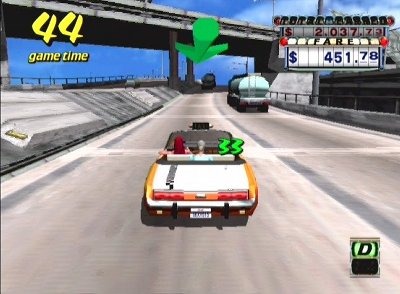
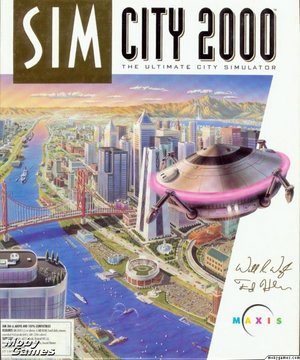
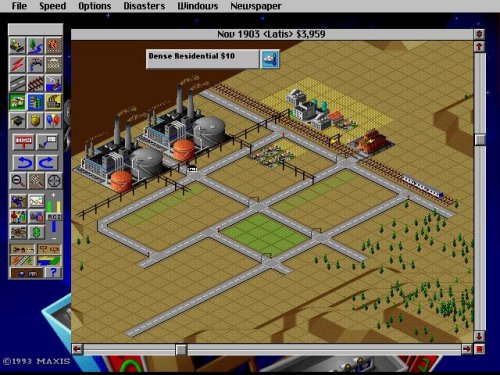 So, the sequel to Sim City sees you thrust into a 3D landscape on which you must build your city. As before, you need the basic ingredients… Power, roads and zones, but if you want your city to flourish you will need Police and Fire protection, provide water resources and maybe even park facilities.
So, the sequel to Sim City sees you thrust into a 3D landscape on which you must build your city. As before, you need the basic ingredients… Power, roads and zones, but if you want your city to flourish you will need Police and Fire protection, provide water resources and maybe even park facilities.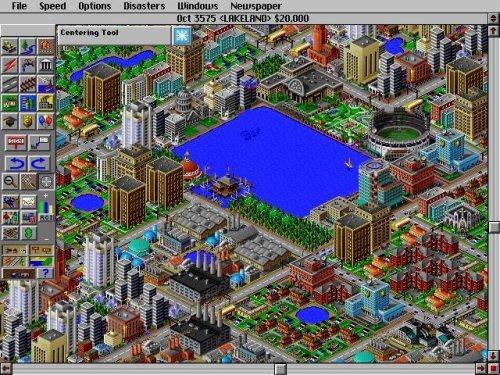 So, you’ve managed to strike some sort of balance, and you’re actually pulling in a profit… are you out of the woods yet? You need to make enough every 50 years to afford a new power plant, because that’s how long they last!
So, you’ve managed to strike some sort of balance, and you’re actually pulling in a profit… are you out of the woods yet? You need to make enough every 50 years to afford a new power plant, because that’s how long they last!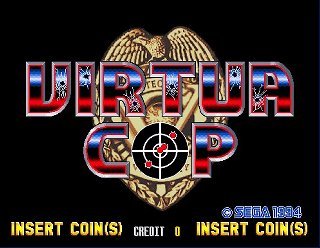
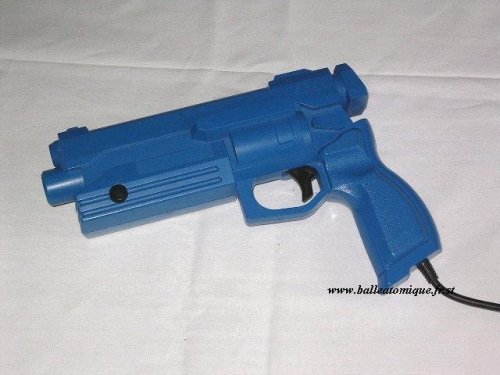
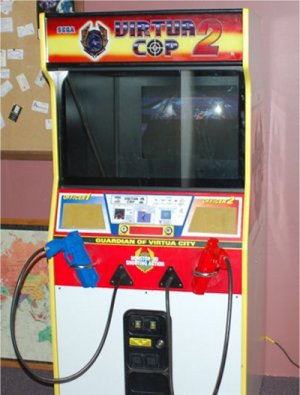
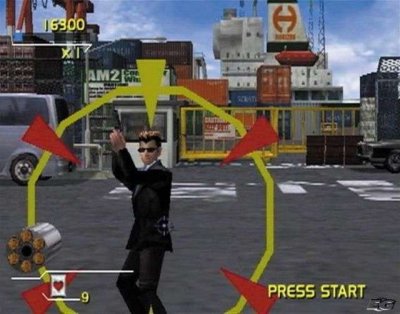
 Hold on just a second. Unlike some other consoles and computer hardware of the past, which aren’t going to have any problems, the light gun, or at least most of its incarnations, are going to become useless. As people upgrade from their Cathode Ray Tube TVs to the LCD and Plasma panels, retro collectors will notice their light guns will no longer work. Indeed, the instructions for light guns claim that they will ONLY work with bevelled (curved) 50Hz TVs, and not 100Hz TVs, pure flat tubes, projection TVs or any kind of modern flat panel. So although these games come with the official Fishsta seal of recommendation, they do also come with a warning… make sure you’ve got the right equipment before investing in them. Otherwise, you’ll end up very disappointed.
Hold on just a second. Unlike some other consoles and computer hardware of the past, which aren’t going to have any problems, the light gun, or at least most of its incarnations, are going to become useless. As people upgrade from their Cathode Ray Tube TVs to the LCD and Plasma panels, retro collectors will notice their light guns will no longer work. Indeed, the instructions for light guns claim that they will ONLY work with bevelled (curved) 50Hz TVs, and not 100Hz TVs, pure flat tubes, projection TVs or any kind of modern flat panel. So although these games come with the official Fishsta seal of recommendation, they do also come with a warning… make sure you’ve got the right equipment before investing in them. Otherwise, you’ll end up very disappointed.
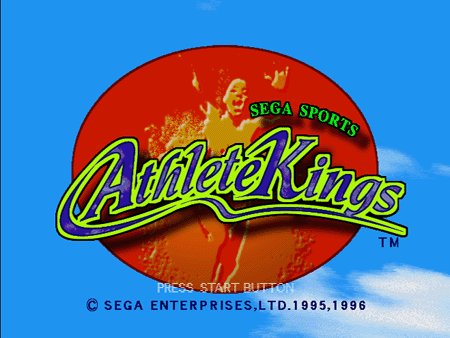
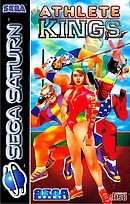
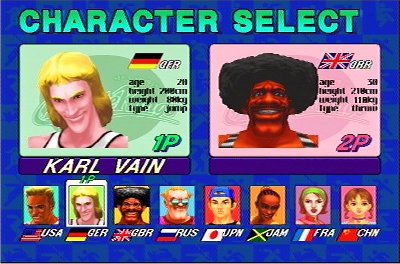 Back in the old days of Arcade action, there was a hugely popular title by the name of “Track and Field”. A simple enough concept, re-enact the energetic exertion of Olympic-standard athletics by means of mashing buttons as fast as you can, attempting to qualify to move on through a sequence of “popular” events.
Back in the old days of Arcade action, there was a hugely popular title by the name of “Track and Field”. A simple enough concept, re-enact the energetic exertion of Olympic-standard athletics by means of mashing buttons as fast as you can, attempting to qualify to move on through a sequence of “popular” events.